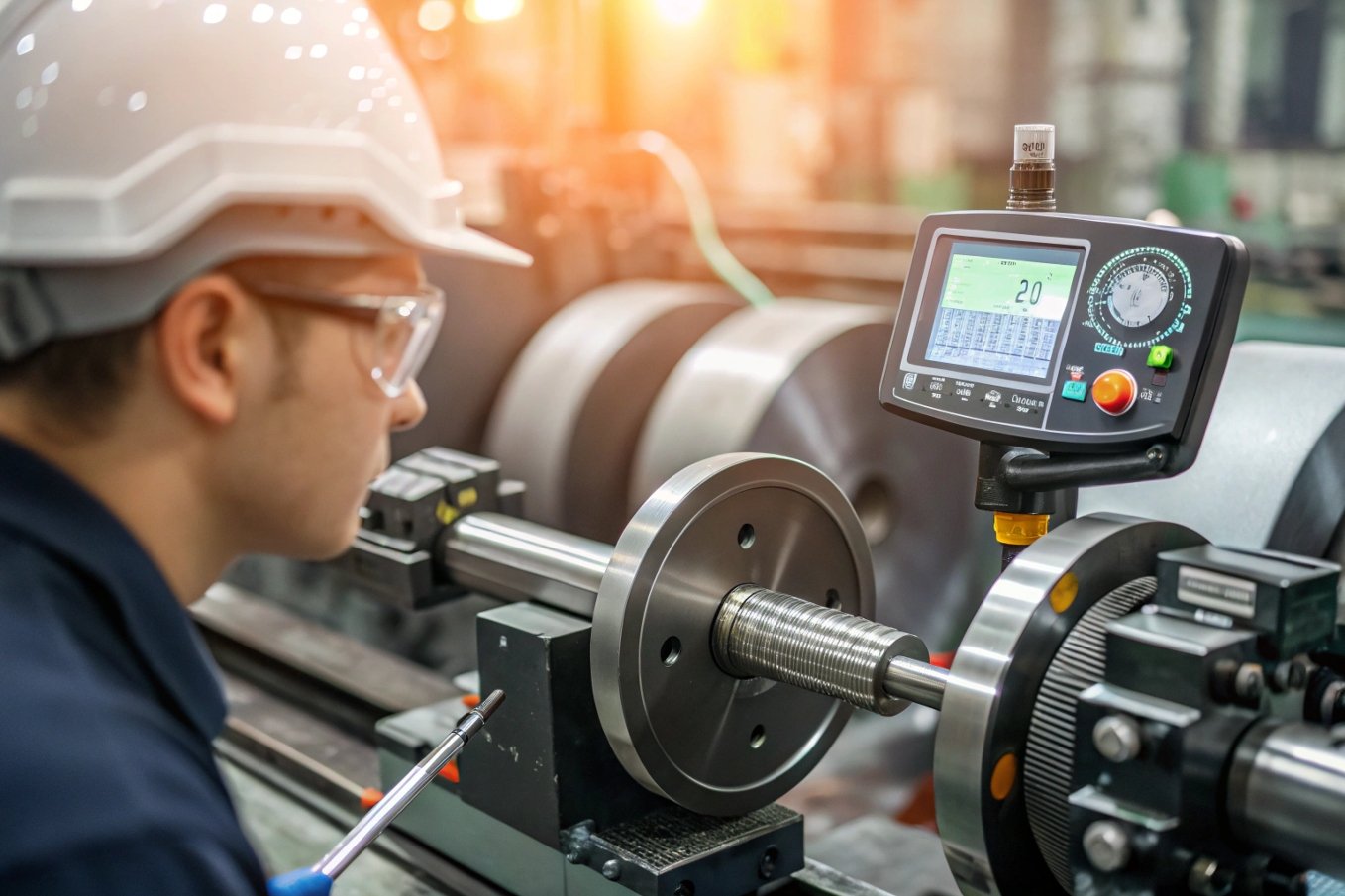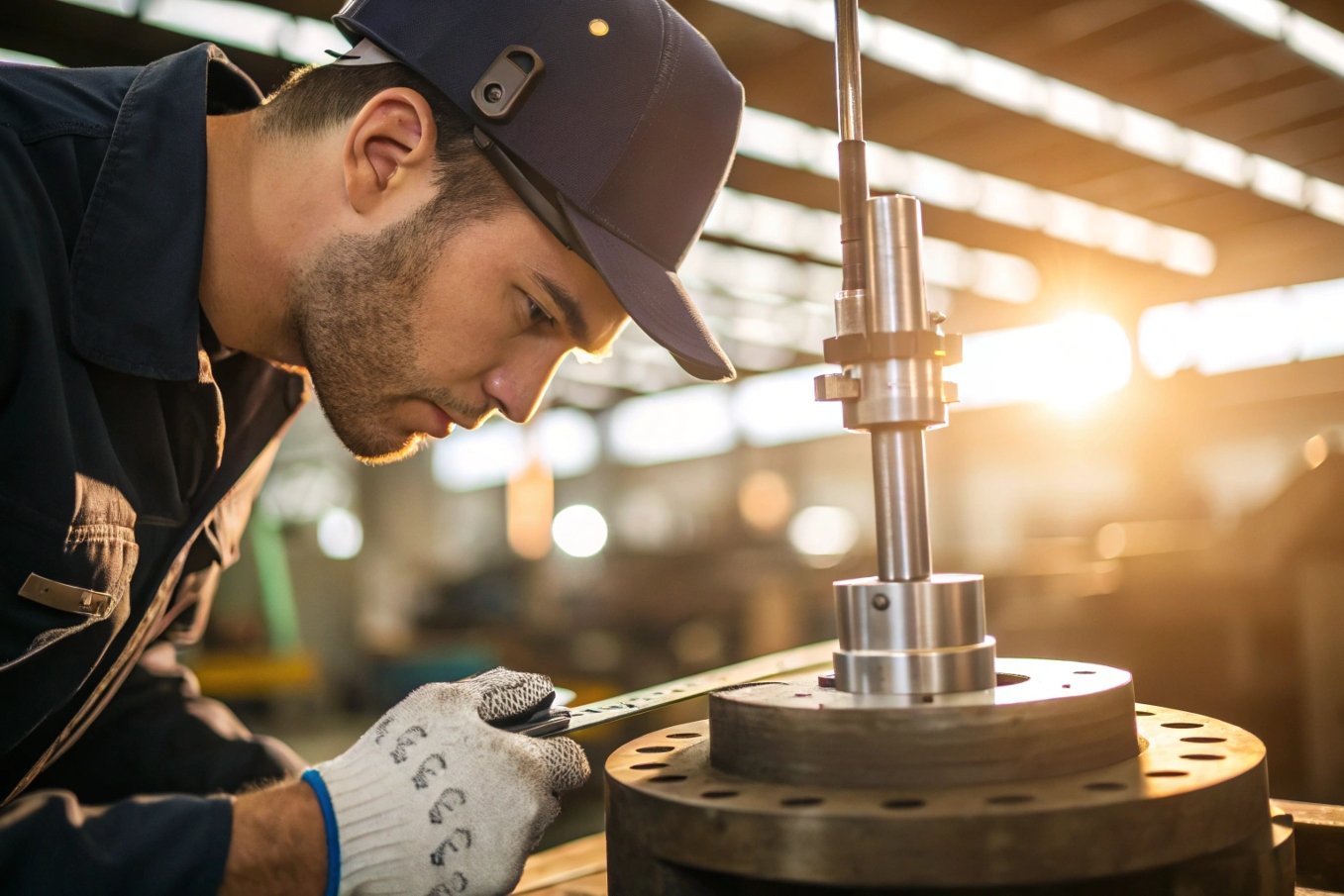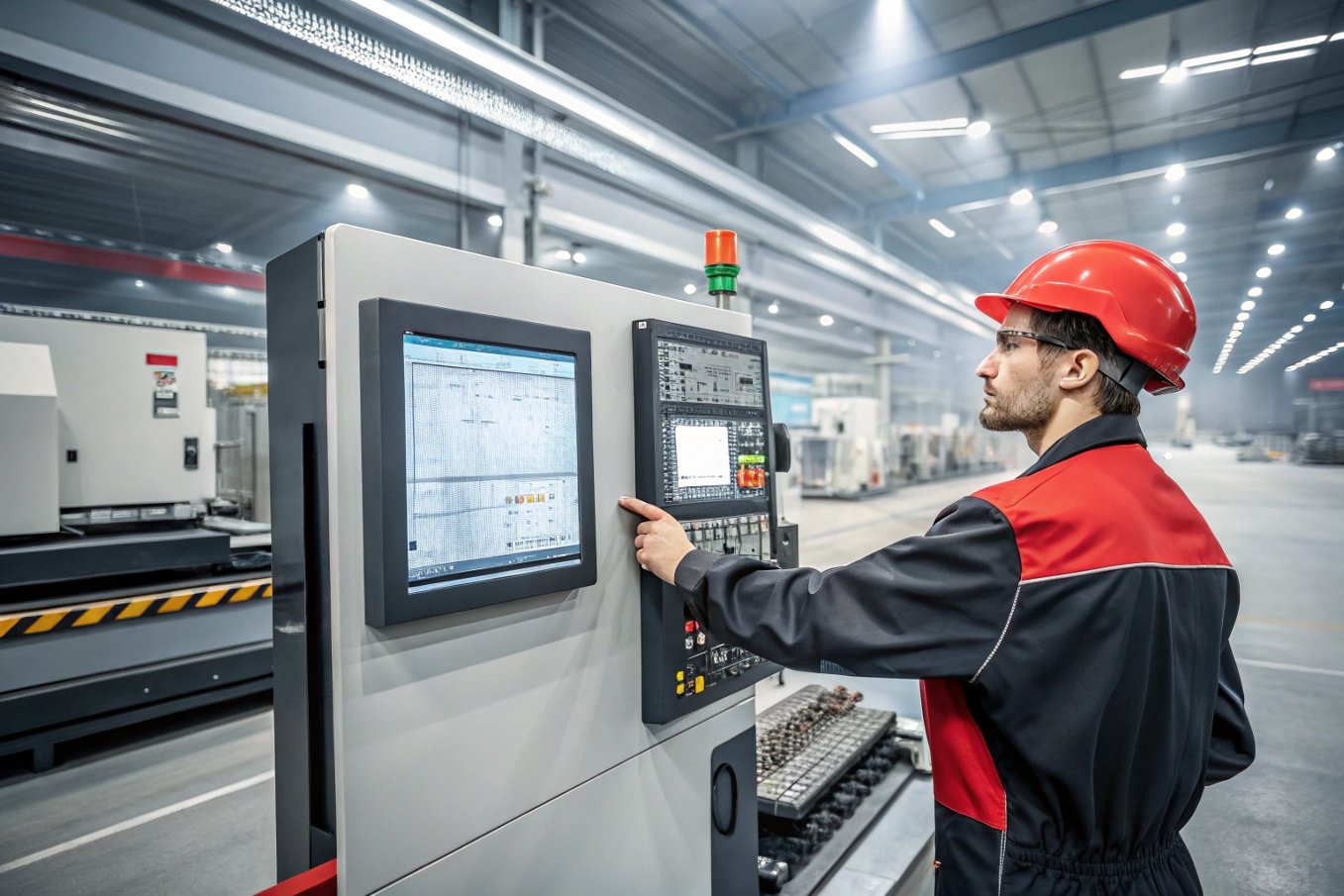How to Improve Quality Control Processes (IQC, IPQC, FQC) in Vietnam?

Quality control (QC) is the backbone of any manufacturing process, especially when it comes to custom machinery parts. Ensuring that parts meet the required standards can be challenging, particularly in countries like Vietnam, where factories often have varying capabilities. In this article, I will share how to improve quality control processes—focusing on IQC (Incoming Quality Control), IPQC (In-Process Quality Control), and FQC (Final Quality Control)—to ensure that parts consistently meet customer expectations.
When establishing quality control systems, it’s crucial to have clear processes at each stage: from incoming materials to the final inspection before shipment. This article outlines the key steps to optimize quality control in the manufacturing process.
Let’s dive into how you can set up a robust quality control process to reduce defects, save costs, and improve client satisfaction.
How to establish quality control processes?

Establishing an effective quality control process starts with defining clear procedures for each stage of the production process. This involves Incoming Quality Control (IQC), In-Process Quality Control (IPQC), and Final Quality Control (FQC).
In the IQC phase, materials or components are inspected before production begins. It’s crucial that the right specifications are met so that any substandard materials don’t make their way into production. Following this, IPQC ensures that the production process itself maintains high standards, detecting issues while they are still being worked on. Finally, FQC is the last line of defense before products are shipped to customers. It ensures that the finished product matches the required quality standards in terms of functionality, appearance, and packaging.
Key Steps in Establishing Quality Control
To establish a smooth and effective QC process in Vietnam, it’s important to take a systematic approach. Here’s a table outlining the stages of the quality control process:
| Stage | Description | Key Focus Areas |
|---|---|---|
| IQC (Incoming Quality Control1) | Inspection of raw materials or parts before they enter production. | Material specification, dimensions, and compliance with drawings. |
| IPQC (In-Process Quality Control) | Monitoring and inspection during the production process. | Process consistency, machining accuracy, and immediate detection of defects. |
| FQC (Final Quality Control2) | Final inspection of finished products before shipment. | Functionality, aesthetics, packaging, and compliance with customer specifications. |
By following these steps, manufacturers can establish a solid quality control system that ensures consistent output, minimizes defects, and improves overall production efficiency.
What are the 4 steps to effective quality control?

To implement effective quality control, it is essential to break the process down into four clear steps. These steps are designed to ensure that quality is maintained at every stage of production, from materials to finished goods.
The Four Steps to Effective Quality Control
Define Quality Standards
Before starting production, clear quality standards should be set. This includes detailed specifications for materials, tolerances, and functionality. At DEWIN, we work closely with clients to develop these standards based on their drawings or samples.Monitor Production Processes
During production, constant monitoring is required to ensure that all parameters remain within acceptable limits. This step is critical to preventing defects early. For example, in mechanical parts production, monitoring the machining process, such as cutting and shaping, helps prevent dimensional errors.Perform Inspections at Key Stages
At different stages of production, inspections should be performed. This includes IQC when materials are received, IPQC during production, and FQC before the parts leave the factory. Each inspection point has its own set of criteria to follow, which ensures that the part meets quality standards at every stage.Implement Corrective Actions
If any defects are detected during inspections, corrective actions should be taken immediately. This could involve adjusting the production process or reworking parts. It’s vital to track these issues to identify any recurring problems and prevent future defects.
Here’s a breakdown of each step in the quality control process:
| Step | Action | Key Focus |
|---|---|---|
| Step 1 | Define Quality Standards | Set clear specifications based on drawings and samples. |
| Step 2 | Monitor Production Processes | Track real-time production quality and adjust as needed. |
| Step 3 | Perform Inspections at Key Stages | Inspect materials, in-process products, and final goods. |
| Step 4 | Implement Corrective Actions | Take immediate action on detected defects to correct the process. |
By following these four steps, you ensure that every product is held to high standards throughout the manufacturing process.
What is process control3 in quality improvement?

Process control is a critical element in quality improvement, especially when it comes to manufacturing customized mechanical parts. It involves managing and regulating the various processes involved in production to maintain consistent quality.
The Role of Process Control in Quality Improvement
Process control ensures that the production process is stable and predictable. By using statistical tools and continuous monitoring, manufacturers can identify any variations in the production process and take corrective actions before they lead to defects.
One of the key tools used in process control is Statistical Process Control (SPC)4. SPC involves using data to monitor and control production processes. By gathering data on key parameters (like temperature, pressure, and speed) and analyzing trends, manufacturers can quickly identify any deviations from the desired standards. This proactive approach helps reduce errors, improve consistency, and ultimately enhance the product’s quality.
Importance of Process Control in Mechanical Parts Production
For mechanical parts, precision is everything. When tolerances are tight, even the smallest variation can lead to defective parts. By implementing robust process control mechanisms, manufacturers can ensure that each part is made to the exact specifications.
At DEWIN, for example, we ensure that all machines are calibrated correctly and that production processes are continuously monitored. If something goes wrong, adjustments are made immediately to prevent defects from spreading.
Process control also allows manufacturers to identify trends in production. For instance, if a certain machine consistently produces parts that are slightly off-spec, it can be repaired or replaced before it affects a larger batch.
| Tool | Description | Benefits |
|---|---|---|
| SPC (Statistical Process Control) | Uses statistical methods to monitor production processes. | Reduces defects, improves process stability, and ensures consistency. |
| Machine Calibration | Regular checks to ensure machines are producing parts to the right specifications. | Prevents dimensional errors and ensures parts meet tolerance requirements. |
| Process Audits | Periodic audits to check if production processes comply with quality standards. | Helps detect issues early and ensures continuous improvement. |
In short, process control is vital for ensuring that manufacturing remains stable, predictable, and capable of delivering high-quality parts consistently.
Conclusion
To improve quality control processes in Vietnam, focus on defining clear quality standards, monitoring production stages, performing inspections, and implementing corrective actions. By embracing process control, manufacturers can ensure that they consistently produce parts that meet customer expectations and reduce defects.
Understanding IQC can enhance your approach to material inspection and prevent defects in production. ↩
Learning about FQC can help you ensure that your finished products meet customer expectations before shipment. ↩
Discover the significance of process control in maintaining high-quality standards in production processes. ↩
Explore this link to understand how SPC can enhance your manufacturing quality and efficiency. ↩

